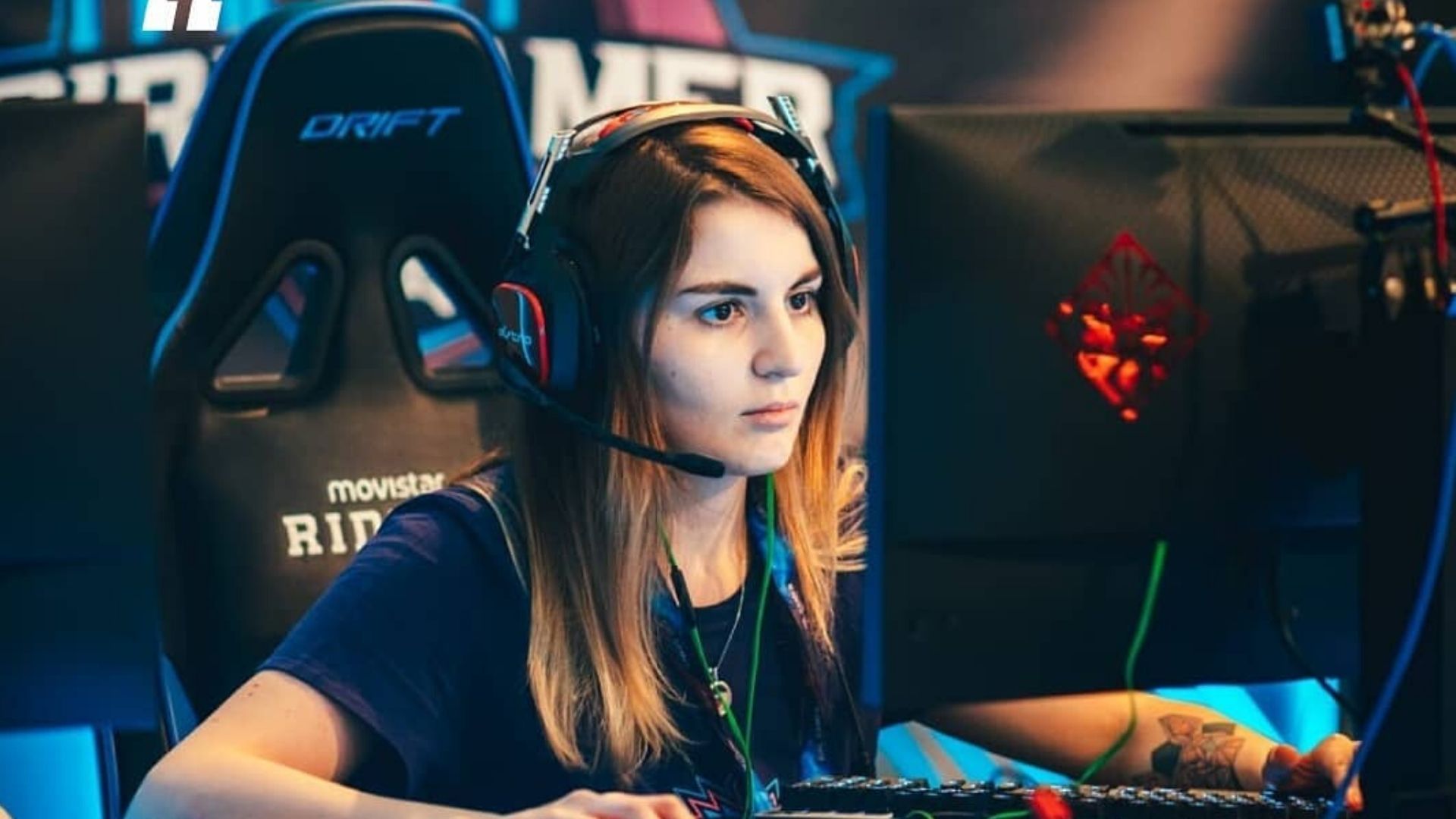Get in touch to see how we can help you optimize your game development or strategy, through deeper player and market understanding. Fill in the form below and we'll get back to you soon.
Since 2018, Bryter's Annual Women Gamers Study has been tracking the behaviours and experiences of women gamers across different markets. Comparing how they play, why they play, but also exploring issues around toxicity.















